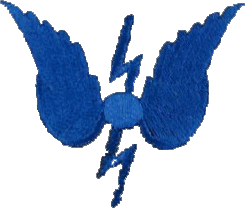|
NOTES. | |
The Type 642 was probably the shortest lived transmitter ever on the books of the Royal Navy.
Towards the end of the 1960's the Navy decided to replaces the then aging transmitters/receivers 618/CAS and 619/CAT, which had acted as the emergency transmitter/receivers in frigates and above and often, as the main transmitters/receivers for smaller craft. After the great success of the Marconi NT204, the 640, the Navy chose a Marconi package which was the transmitter drive unit TDC, the equally brilliant receiver the CJM, a 100W Power Amplifier and an Aerial Marching Unit and called the package the Type 641. This they fitted into frigates and above to take the place of the 618/619. A little later on the Type 643/CJP took over the "show" and in three versions, was fitted pan-navy to quote take over from the 618/619 unquote. More of that later.
In the meantime, the Navy saw a use for having a medium to low power SSB transmit facility ready to hand which could be used as a local transmitter, not part of the main transmitter suite - any functioning receiver could have been married using the KMM/KMP control system. They chose a part-641 package whereby everything was fitted except the CJM receiver. This they called the Type 642.
It is probable that its life was cut short because the 641 could, on the transmit side, do exactly the same as the 642 could do. Why go to all that expense just to gain one extra HF line ? |


